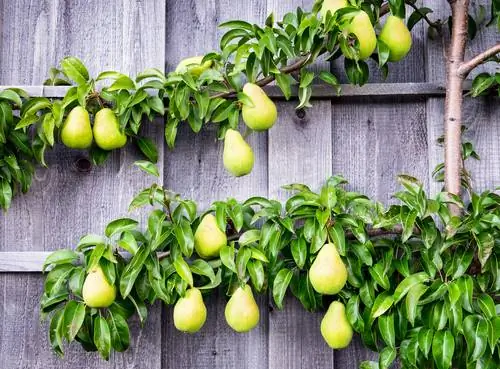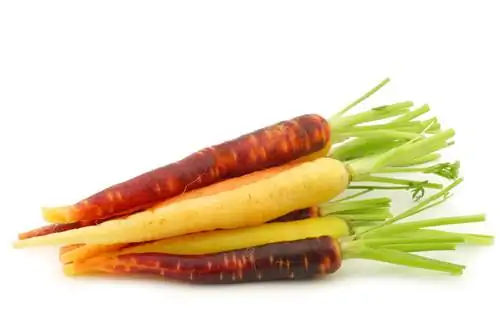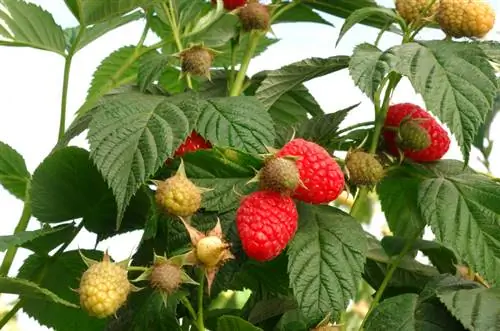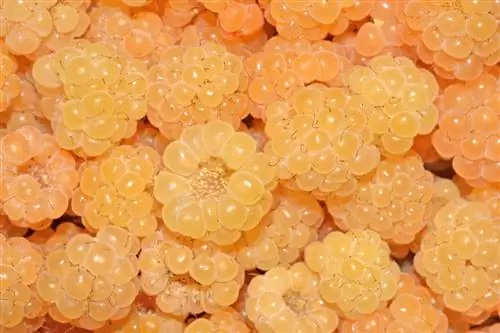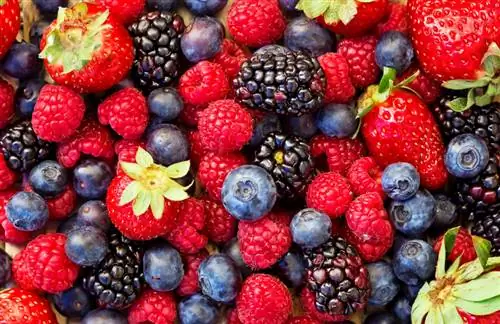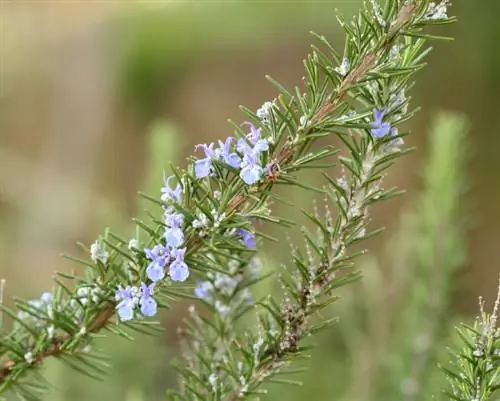- Author admin [email protected].
- Public 2023-12-25 17:45.
- Last modified 2025-01-23 11:21.
Espalier fruit fits into any garden thanks to its “slender” shape, no matter how small. If the fruit harvest also meets your own taste preferences, everything is fine. But which types of fruit trees are actually suitable for espalier training?
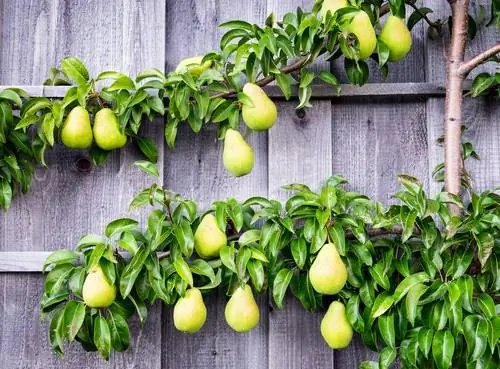
Which types of fruit are suitable for espalier fruit?
Espalier fruit varieties include classic fruit trees such as apple, pear, plum and cherry, heat-loving species such as apricot, peach and fig as well as berry bushes. Other types of fruit such as quince are also possible if they are grafted onto small-growing rootstocks.
The classic espalier fruit
The typical fruit tree in this country is certainly the apple tree. It is also the most frequently chosen for espalier planting. Together with pear, plum and cherry trees, it is one of the classic espalier fruit varieties that bear regularly and well in these climatic conditions.
Heat-loving fruits
Other espalier fruit varieties also include heat-loving trees such as:
- Apricot
- Peach
- Fig
These tree species also grow in our latitudes, but they need a lot of warmth to produce a good, sweet harvest. They are therefore often grown on south-facing walls as they store heat from the sun and release it to the tree. The fruits ripen faster and more reliably.
Berry bushes as espalier fruit
Berry bushes can also be trained as espaliered fruit. In addition to delicious fruit, such an espaliered fruit hedge also offers wonderful privacy protection.
Other types of fruit
Basically any type of fruit that grows free-standing can also be grown on a trellis. For example, a quince tree. It is important that it is grafted onto a small-growing base. Grafting on medium-growing rootstocks results in taller trellises.
Note:In most federal states, espalier fruit does not have to be kept at a minimum distance from neighboring property. Another good reason to choose espalier fruit.
The Climbers
It is becoming more and more fashionable to grow kiwis or grapes on a trellis. However, this is not typical espalier fruit, but rather winter-hardy climbing fruit. Over time, the former forms strong and stable branches that can carry their own load and fruit. Climbers, on the other hand, need continuous support.

